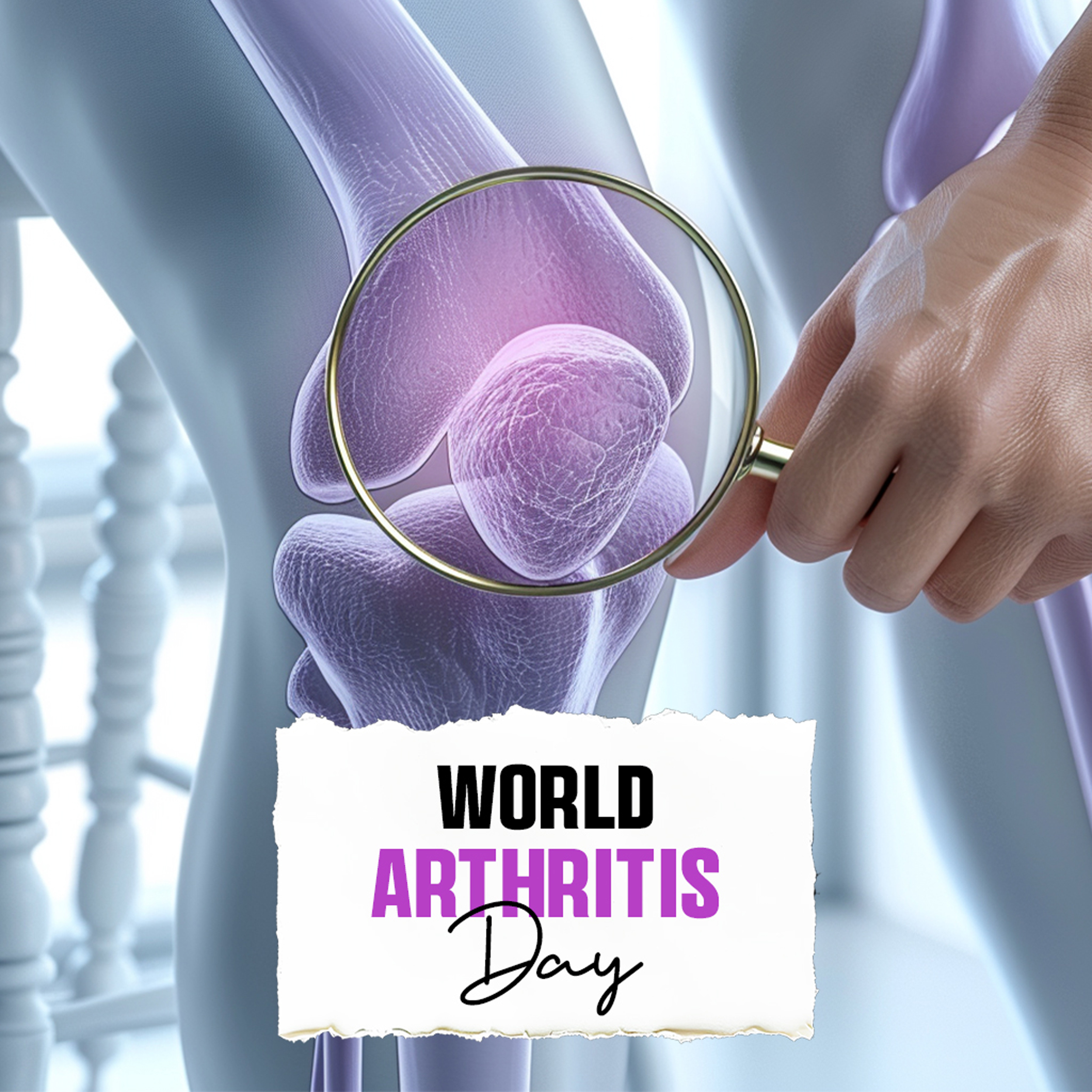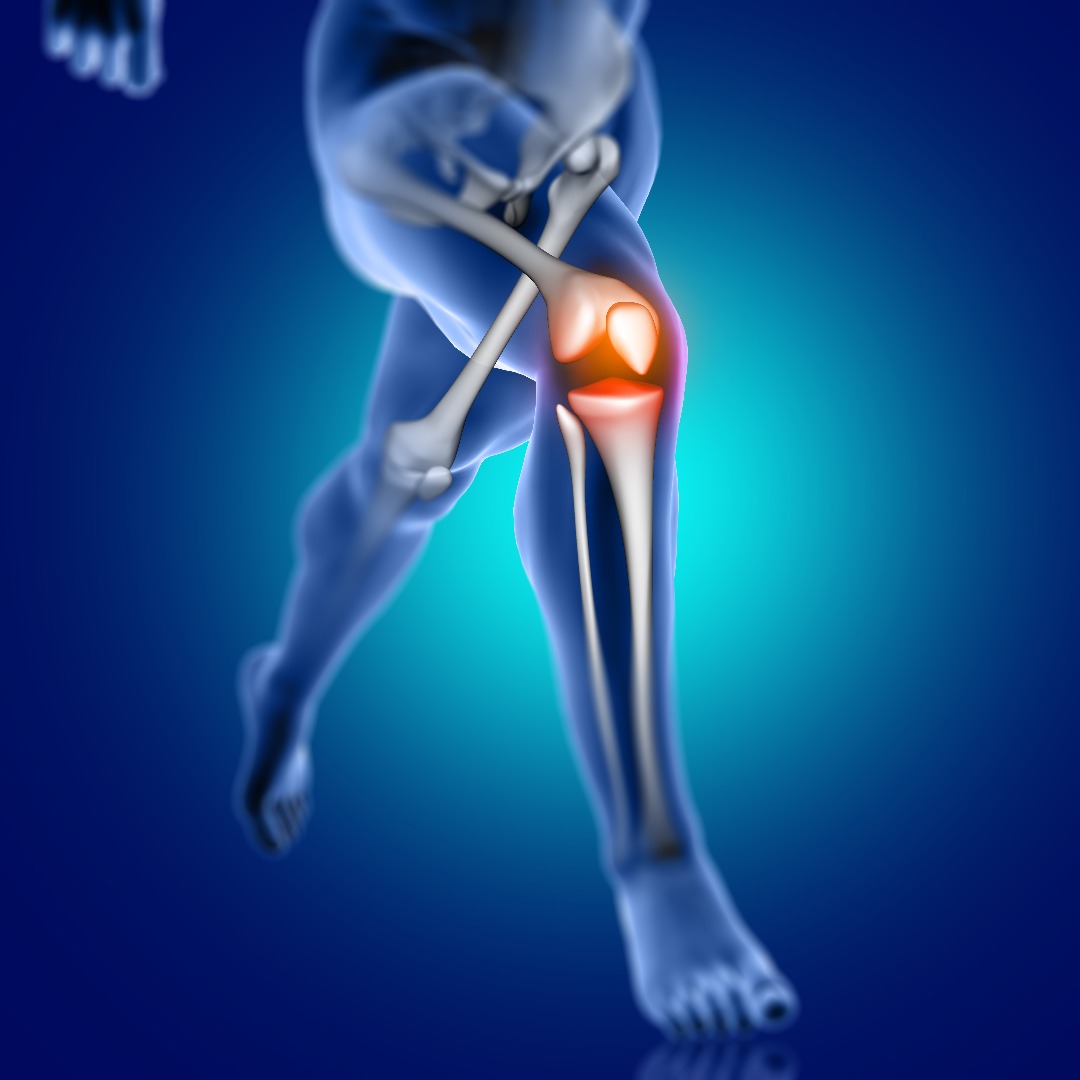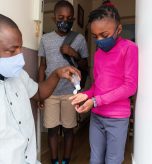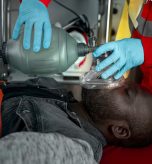World Arthritis Day: Caring for Your Joints
Every year on October 12, the world observes World Arthritis Day (WAD) — a global awareness initiative aimed at recognizing the challenges faced by individuals living with arthritis and other rheumatic diseases. The day serves as a powerful reminder of the importance of early diagnosis, ongoing research, and collective support for better joint health.
Arthritis affects over 350 million people worldwide, making it one of the leading causes of disability and chronic pain. Yet, many people still underestimate its impact or believe it’s only a condition that affects older adults. The truth is, arthritis can affect anyone — regardless of age, gender, or lifestyle.
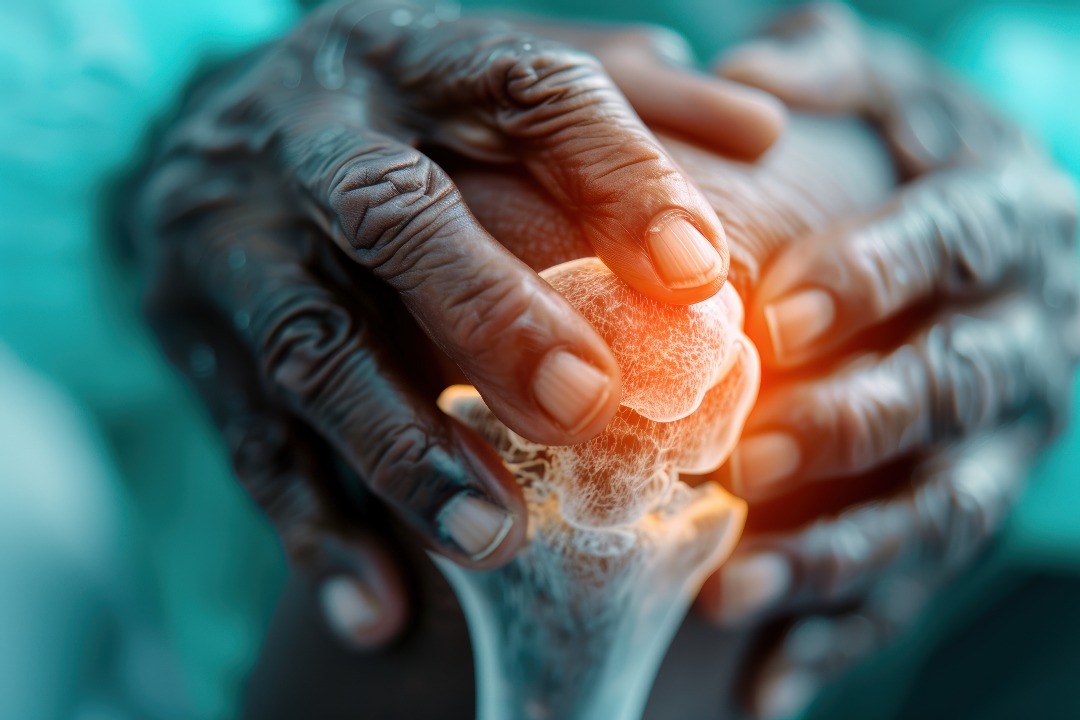
Understanding Arthritis
Arthritis isn’t a single disease, but a term that refers to over 100 types of joint-related disorders. These conditions cause inflammation, stiffness, swelling, and pain in one or more joints. The most common types include:
- Osteoarthritis (OA): The most prevalent form, caused by the gradual wear and tear of cartilage over time.
- Rheumatoid Arthritis (RA): An autoimmune condition where the immune system mistakenly attacks joint tissues.
- Gout: Triggered by uric acid buildup leading to sudden, severe joint pain, often in the big toe.
- Ankylosing Spondylitis: Affects the spine and can lead to long-term pain and stiffness.
- Juvenile Arthritis: Occurs in children and teenagers, often impacting growth and mobility.
While arthritis may seem manageable at first, its progressive nature can greatly impact everyday life — from walking and dressing to working and socializing.
Understanding the Impact on Daily Life
Living with arthritis extends beyond joint pain. It affects mobility, emotional well-being, and social relationships. Individuals often experience:
- Physical Limitations: Simple tasks such as climbing stairs, opening jars, or typing on a keyboard can become difficult.
- Fatigue and Sleep Issues: Chronic inflammation leads to persistent tiredness and sleep disturbances.
- Emotional Strain: Many individuals face frustration, anxiety, or depression due to ongoing pain and reduced independence.
- Economic Burden: The cost of medication, therapy, and loss of productivity can be significant.
This is why World Arthritis Day emphasizes not only awareness but also empathy and support systems that help patients manage these daily challenges.
The Role of Education and Awareness
Education plays a key role in changing perceptions and improving outcomes. World Arthritis Day encourages individuals, communities, and healthcare organizations to:
- Promote Early Diagnosis: Recognizing symptoms early can help prevent irreversible joint damage.
- Disseminate Accurate Information: Combat myths that arthritis is only an “old person’s disease.”
- Support Research and Innovation: Encourage advancements in pain management, joint replacement, and rehabilitation therapies.
- Empower Patients: Provide access to educational resources, workshops, and peer support groups that teach self-care and exercise routines.
By fostering awareness and sharing knowledge, communities can help individuals live healthier and more active lives despite arthritis.
“Arthritis may limit your movements, but it doesn’t have to limit your life.”
Medical Director, TQSH
Caring for Your Joints: Practical Tips for Prevention and Management
While some forms of arthritis cannot be prevented, adopting healthy habits can reduce the risk or slow progression. Here are key strategies:
Stay Physically Active: Engage in low-impact exercises like swimming, walking, yoga, or cycling to strengthen muscles and maintain flexibility.
Eat a Balanced Diet: Incorporate foods rich in omega-3 fatty acids, calcium, and vitamin D. Limit processed foods that increase inflammation.
Maintain a Healthy Weight: Excess weight puts added pressure on joints, especially knees and hips.
Practice Good Posture: Proper ergonomics can prevent unnecessary joint strain.
Seek Professional Guidance: Regular checkups and physiotherapy can help manage symptoms effectively.
Stay Positive: Mental health plays a vital role in physical healing. Support groups and therapy can be invaluable.
The Power of Support and Global Solidarity
World Arthritis Day brings together patients, caregivers, healthcare professionals, and policymakers to create a unified voice advocating for better care and understanding. Through storytelling, campaigns, and community initiatives, the day reminds us that no one should face arthritis alone.
At the heart of this movement lies compassion — helping others understand that behind every statistic is a person striving to live with dignity and strength.
This Year’s Theme: Caring for Your Joints
This year’s theme, “Caring for Your Joints,” emphasizes that prevention and management begin with everyday actions. Whether it’s taking a walk, maintaining a healthy diet, or supporting someone you know with arthritis, small steps make a big difference.
Healthcare providers, NGOs, and advocacy groups worldwide use this occasion to host seminars, free screenings, and awareness campaigns — encouraging everyone to prioritize joint health.
Takeaway
World Arthritis Day serves as a call to action — to understand, empathize, and act.
By spreading awareness, embracing healthy habits, and supporting those affected, we can create a world where arthritis is met with knowledge, compassion, and care instead of silence and misunderstanding.
Get Involved
Join us in commemorating World Arthritis Day.
You can:
- Share educational content to spread awareness.
- Support arthritis organizations or initiatives.
- Schedule a joint health checkup or encourage others to do so.
Together, let’s build a world where everyone can move freely — without pain, fear, or limitation.
